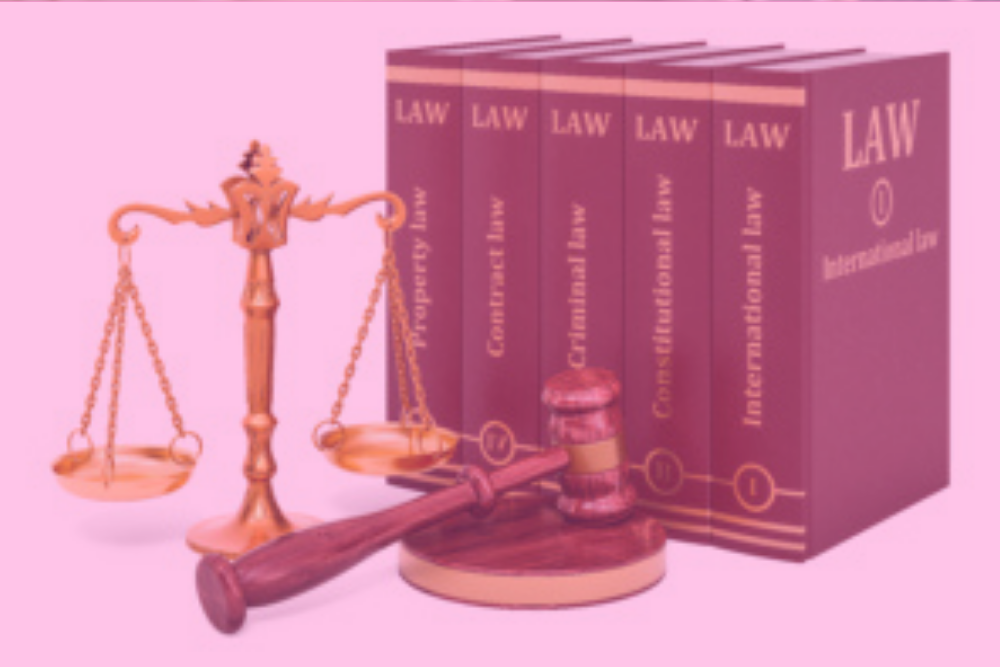When a person is charged with a criminal offence, they are entitled to plead not guilty. The prosecution bears the burden of proving that an accused person is guilty beyond a reasonable doubt. This page deals with pleading not guilty to criminal offences in Australia.
Presumption of innocence
The presumption of innocence and the privilege against self-incrimination are integral parts of the criminal justice system.
The presumption of innocence means that an accused person does not have to make any admissions to police or to the court. Instead, the prosecution must try to prove the person guilty by adducing evidence that has been lawfully obtained.
The privilege against self-incrimination means that a person does not have to say anything when they are interviewed by police in connection with an offence. They also do not have to give evidence in court when they are being tried for an offence.
Reasons for pleading not guilty
There are three main reasons that an accused person may plead not guilty to a charge.
They did not commit the acts alleged
If a person did not commit the physical elements of the offence they have been charged with, they should plead not guilty and actively defend the matter. In this situation, the accused will generally give evidence in court stating they did not commit the acts alleged and giving an account of what happened.
They have a legal defence
If an accused person committed the physical acts that are alleged, they may still have a legal defence that means they are not guilty of an offence. In other words, they committed the act, but they had an excuse for doing so.
Some examples of this are:
- where someone is charged with assaulting a person but struck the alleged victim in self-defence;
- where someone is charged with speeding but was exceeding the speed limit because of an emergency situation;
- where a person committed a burglary under duress.
Where the accused is relying on a legal defence, the defence will generally call evidence to support the defence. The defence will also cross-examine each prosecution witness and put the accused person’s version of events to them.
They are putting the prosecution to proof
An accused person can also choose to ‘put the prosecution to proof’. This means that the accused simply does not admit the offence. The prosecution then has the burden of proving each element of the alleged offence beyond a reasonable doubt.
Defendants generally opt to put the prosecution to proof when the case against them is weak or where there is reason to believe that certain witnesses may fail to attend or may not give evidence that supports the prosecution case.
Pleading not guilty in the Magistrates Court
When a person pleads not guilty in the Magistrates Court, the matter will be adjourned until the prosecution has provided the brief of evidence to the defence. The brief of evidence is a copy of all the evidence that the prosecution intends to rely on. It may include witness statements, CCTV footage, medical records, forensic evidence, and other items.
if the accused and their lawyer review the brief of evidence and the case against the defendant is strong, the accused may decide to change their plea to guilty. The court affords a ‘sentencing discount’ to a person who pleads guilty in recognition of the time they have saved the court and the fact they have taken responsibility for their actions.
If the accused still wishes to plead not guilty after reviewing the brief of evidence, the matter will be listed for a contested hearing. On this date, the prosecution will call evidence and the defence may also call evidence. Each party will then make submissions and then the court will decide whether the accused has been proven guilty.
If the accused is found guilty, the magistrate will impose a sentence. If they are found not guilty, the magistrate will dismiss the matter.
Pleading not guilty in a higher court
When a person faces charges in the District Court, County Court or Supreme Court and wants to plead not guilty, they must go through a more complicated process. The matter will begin in the Magistrates Court but will have to go through several procedural stages before being transferred to a higher court. These procedures vary from state to state but in all jurisdictions the strength of the prosecution case will be assessed for a decision is made as to whether the matter should be transferred to a higher court for finalisation.
Once the matter has been transferred to a higher court, it will be listed for a trial. This will generally be in front of a jury of twelve randomly selected citizens, who will hear evidence and submissions from both parties and then deliver a verdict.
In some situations, the court may order a trial to be heard by a judge alone.
If the accused is found guilty at trial, the judge will then impose a sentence. If they are found not guilty, the matter will be dismissed.
Different states and territories
It is important to note that specific procedures when pleading not guilty vary between different states and territories. The above information is a general guide only and specific advice should be sought about the processes and procedures in your jurisdiction.
If you require legal advice or representation in any legal matter, please contact Taylor Rose.




